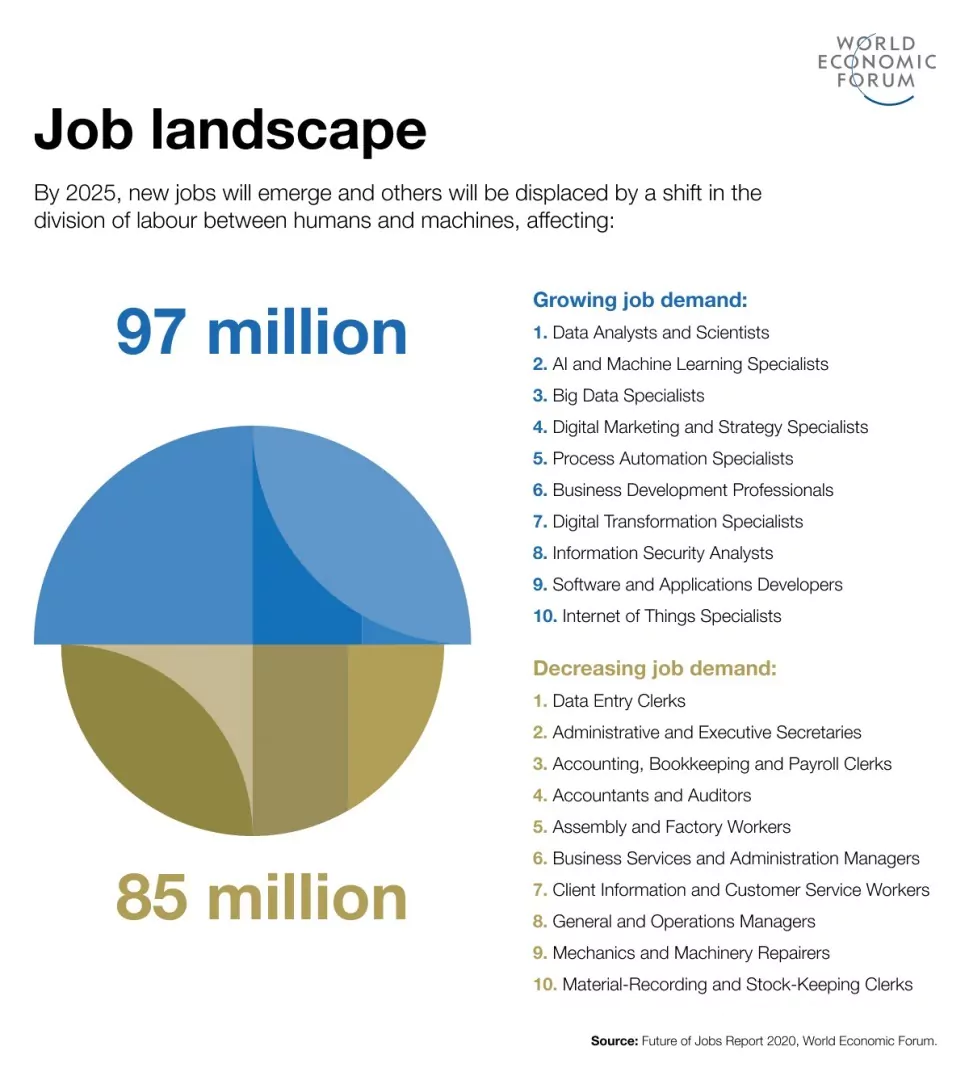It is becoming increasingly clear that we are moving towards a digital economy. It’s called “Industry 4.0”, in which data and its analysis become central elements of this new economy. We talk about the digitalization of the products and services, about the digital business models, about consumer interaction, but also about consumer profiling. We have vertical and horizontal digital integration of the value chain.
Urmărește mai jos producțiile video ale Economedia:
- articolul continuă mai jos -
We use mobile devices, sensors, 3D and 4D printing, augmented reality, location detection technologies, Internet of Things platforms for real-time monitoring, Cloud, Big Data analysis, and advanced algorithms including Artificial Intelligence, machine learning, but also process automation.
All these processes have been accelerated by the pandemic we are going through, and the direction is clear. A study conducted by IMF economists shows that previous pandemics, regardless of the period, had the same effect – increased automation. Obviously, with the technologies and the impact of that time. In 1920, after the Spanish flu pandemic, the automation of telephone operators in the USA had a strong impacted on women, as this was the most popular job for American women. Ebola and SARS also “accelerated the adoption of robots, especially when health was severely impacted, and being associated with a major economic downturn.”
In other words, it’s a normal trend. It is essential to identify the areas where jobs will be eliminated, but also the areas where jobs will increase and new jobs will be created. New jobs also mean new skills, and these new skills are not developed overnight.
A McKinsey analysis highlights the areas in which algorithms and automation will take the place of humans. The main criteria used: predictability/lack thereof, physical work, data collection and processing, interaction and coordination of teams, but also the application of expertise, decision-making, planning, and creative tasks.

* McKinsey_Where machine can replace humans and where they can’t_2016
What is obvious? In the field of construction, agriculture, real estate, and administration, where we have unpredictable physical work, we will continue to need people to take over these roles. In contrast, in the financial and insurance field, where data collection and processing have a strong impact, automated systems and algorithms take over routine jobs. What remains necessary is that banking consultant, who does the business analysis – different for each client – that banking consultant who contributes to the financial education of his clients.
The areas that will require people’s expertise, determined by skills, knowledge but also by the experiences gained, will not be replaced by AI or machine learning. The field of health services, professional-technical services, information, management, and educational services, offer added value precisely because of the people who occupy these positions. Where roles have as their main purpose the management and development of people, the percentage of automation is at 9%. If you work in health, education, and management services, your roles will change, but they will not be automated.
What do we see? Automation takes on roles that require basic physical, manual, and cognitive skills.
Where roles require high cognitive skills and knowledge, where we need interpersonal and emotional skills, but also technological (research and development, advanced programming), humans are irreplaceable.
What does this all mean?
EDUCATION 4.0 – OUR NEW JOB IS TO LEARN!
- Let’s adapt the skills development system – the formal ones in schools and universities, but also the ones within companies – with the new jobs and roles required by the labor market. We are already witnessing a redesigning of jobs as a result of the remote work variable, but we have started to include automation as well. Jobs are starting to look different, and skills training must keep pace.
- Let’s implement the concept of lifelong learning. Education only up to the age of 25 is an expired concept. In such a dynamic economic environment in which we, as customers, change our needs and desires so suddenly and drastically, we impose a maximum speed of change. We have to keep pace.
- Ethics in AI and machine learning. Let’s not wait for critical situations to raise the issue of ethics, especially when we talk about AI and machine learning. Yuval Noah Harari mentioned in an interview “just as you can’t become a doctor if you don’t take ethics courses, so it must be with a programmer”. Why? Artificial intelligence and machine learning mean predictions based on data analysis, which are never objective enough and are influenced by the designer and programmer of the whole process for the way it sees things. It is the designer or the programmer who defines and implements the rules that AI will apply. Ethics must underpin such decisions.
What does the future of jobs look like?
The World Economic Forum highlights the trend of changes in the Future of Jobs report from October 2020. At the global level by 2025, 85 million jobs will disappear, but another 97 million jobs will be created. As the graph below shows, the direction is to replace the areas where routine, algorithms and predictability meet.

What conclusion can we draw?
Let’s stay connected with the dynamic movement in the marketplace. We may not feel it now, but it is happening. We need to learn constantly – and we have at our disposal multiple and valuable sources (it’s a matter of knowing hwat to choose).
And for things to happen, we need the discipline of work and effort, and to keep in mind: what we want to do and where we want to go.
Claudia Indreica is a psychologist, CEO of Psihoselect, with 20 years of expertise in candidate recruitment and profiling services, having clients in companies in the field of production, IT, services, sales and distribution. She’s an active member of Romanian Business Leaders and DWNT Board. Member of the Labor Market – RBL working group, part of the Coalition for the Development of Romania, with objectives in the direction of reducing tensions on the labor market, and in the differences in skills.
Article translated from Romanian by Service For Life S.R.L.

 Sursa foto: Claudia Indreica
Sursa foto: Claudia Indreica





























